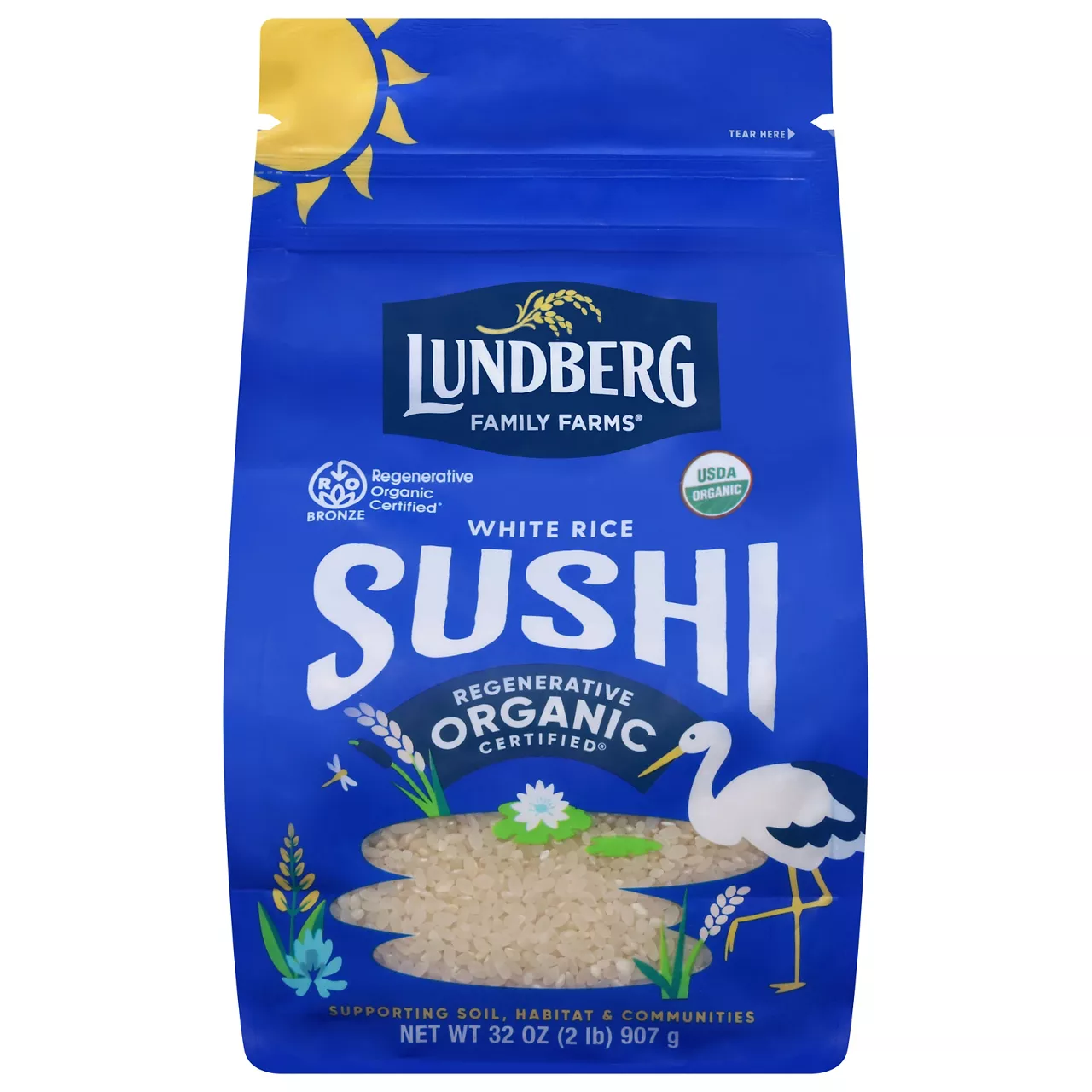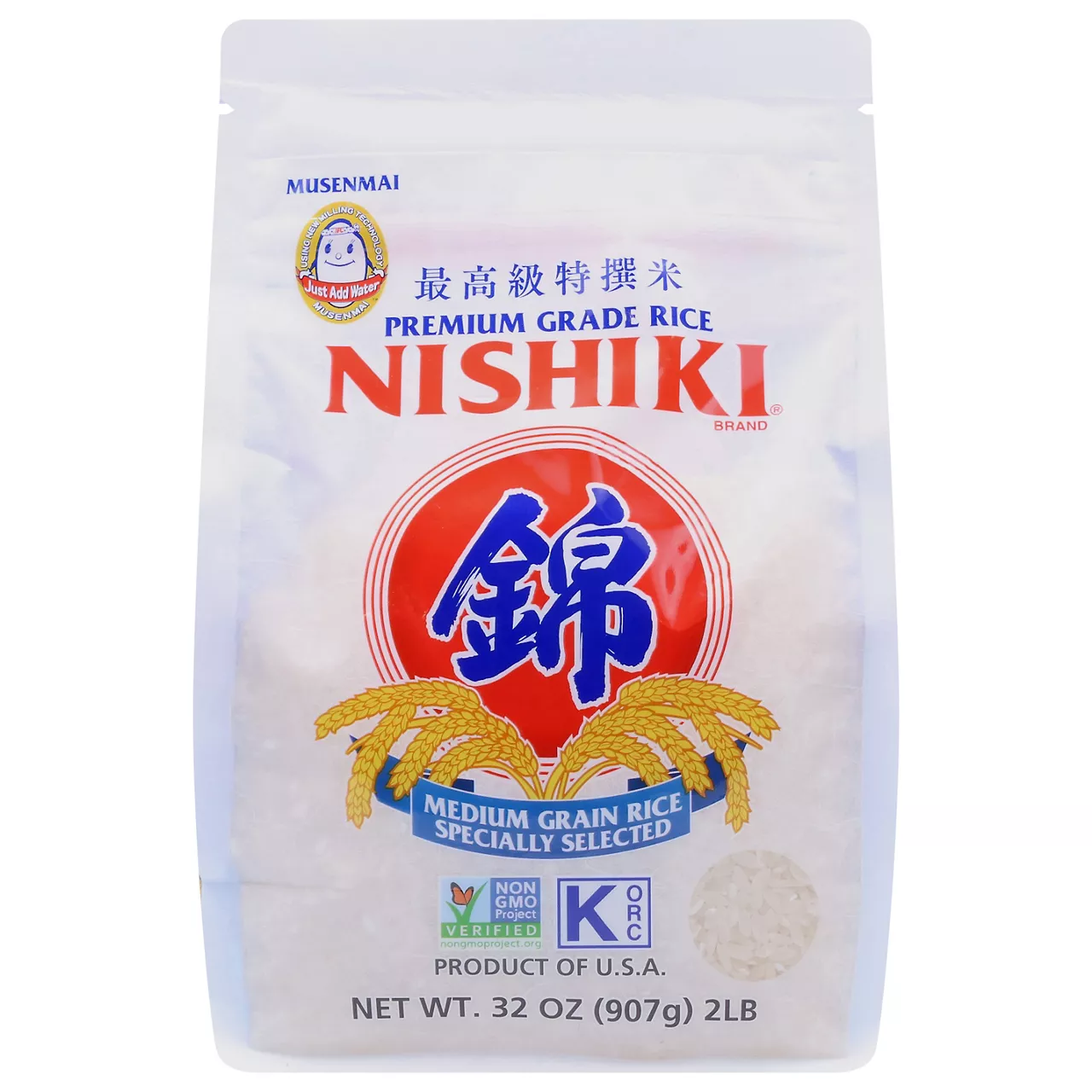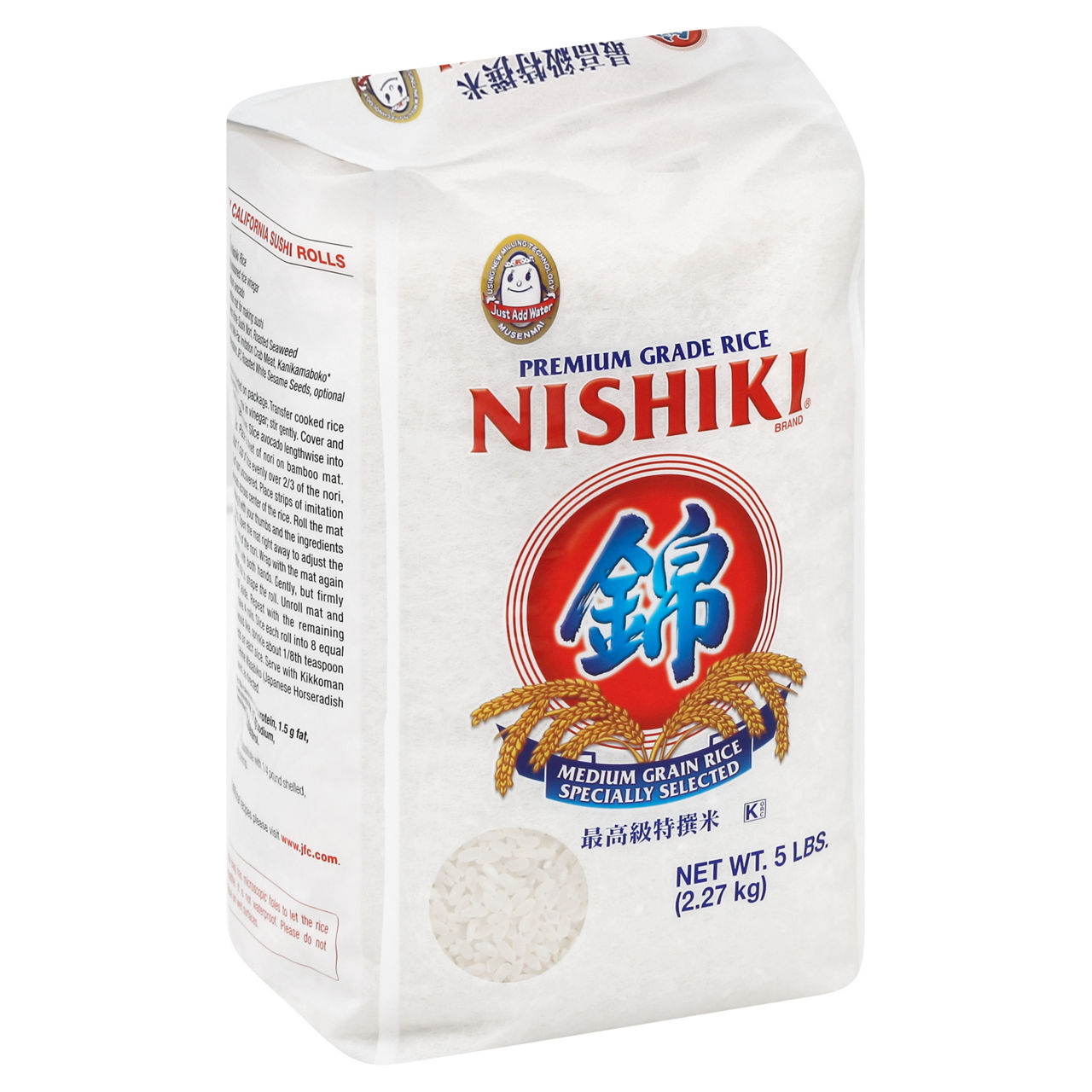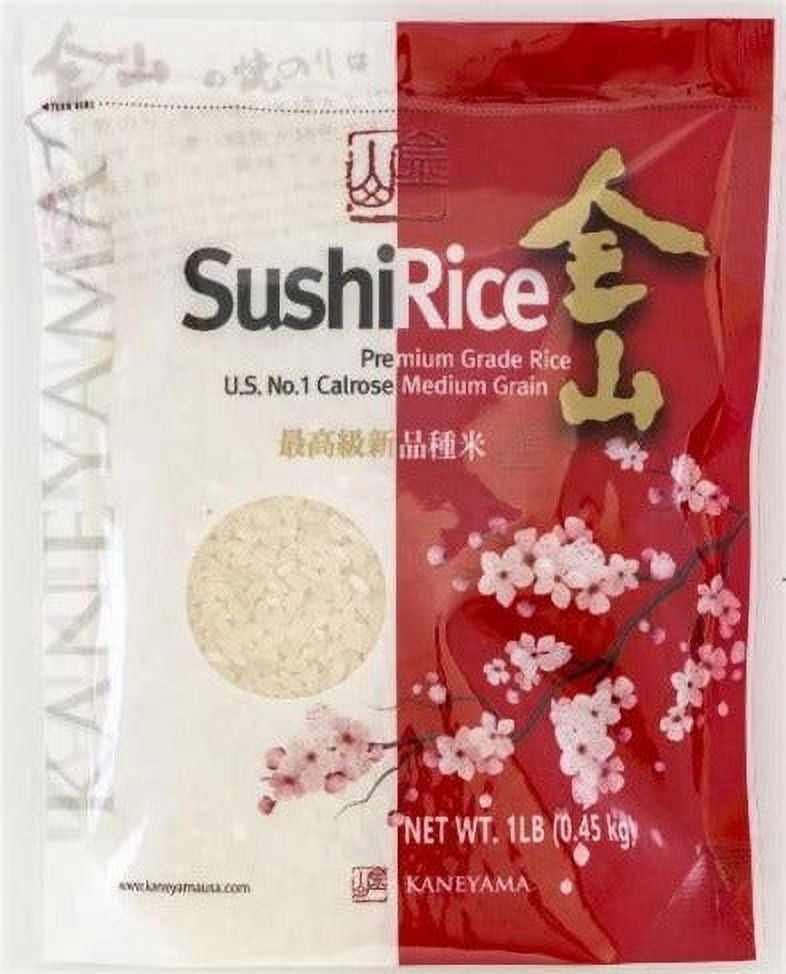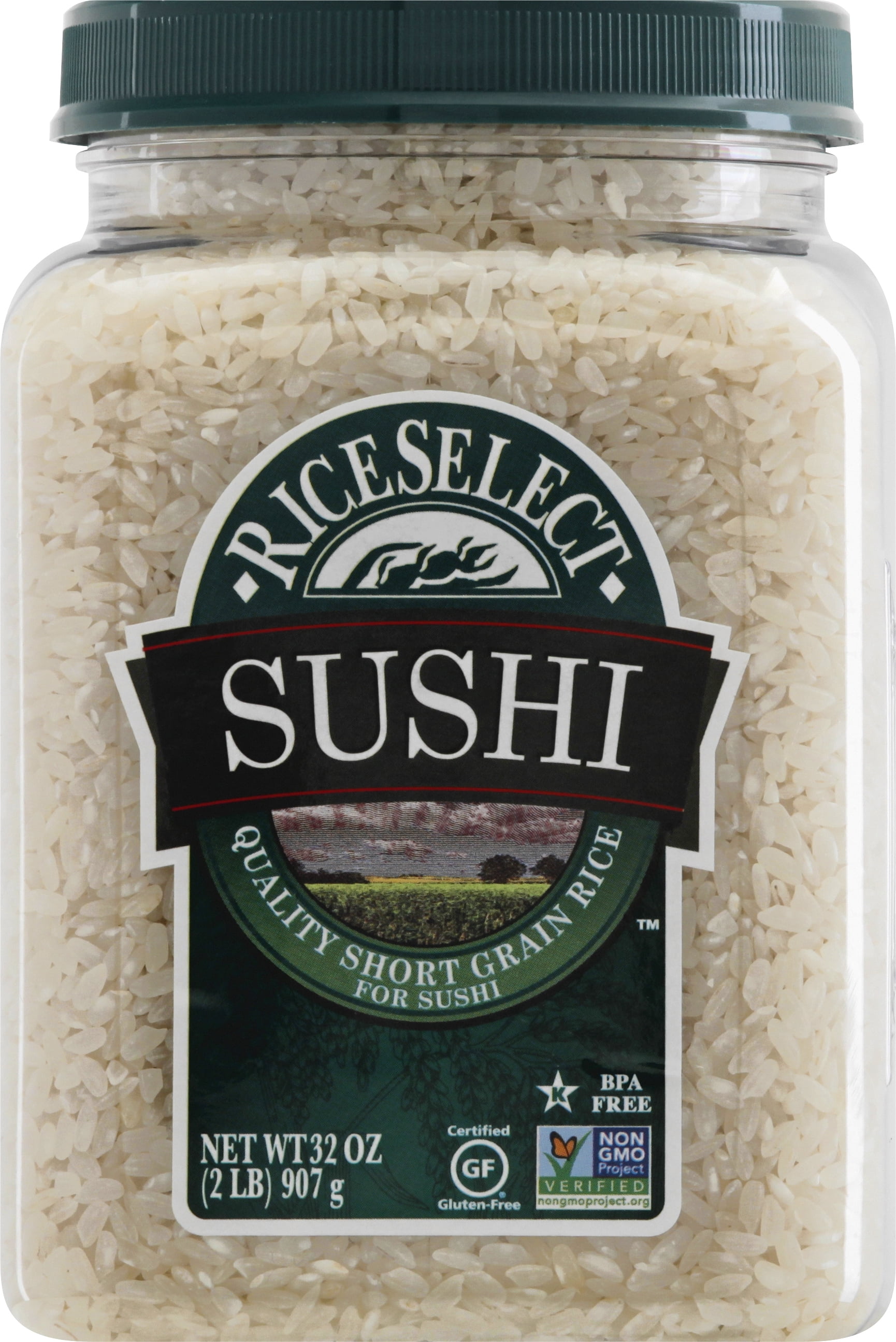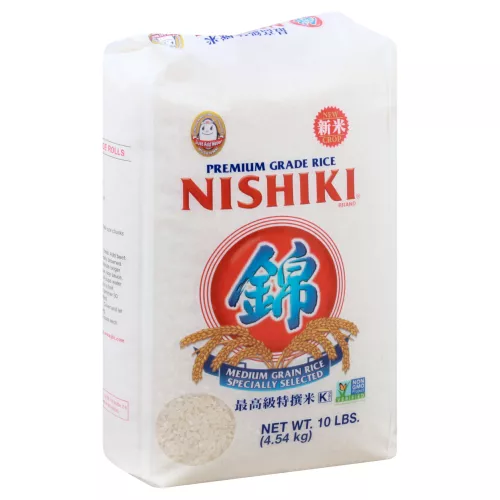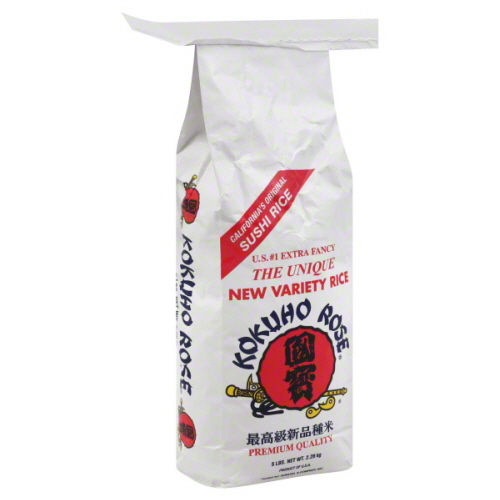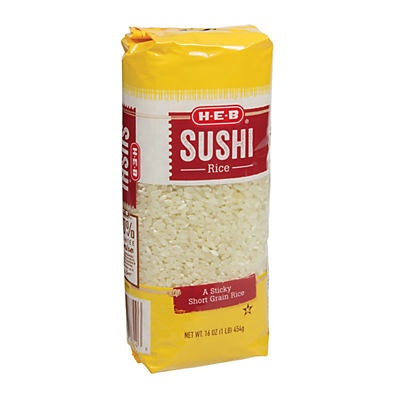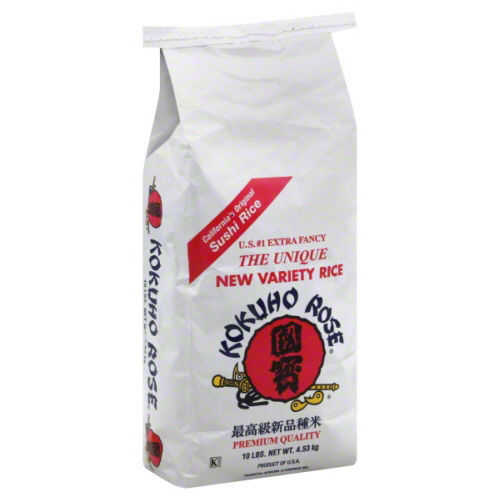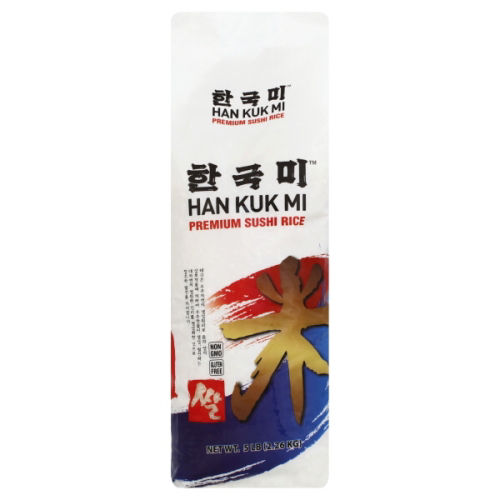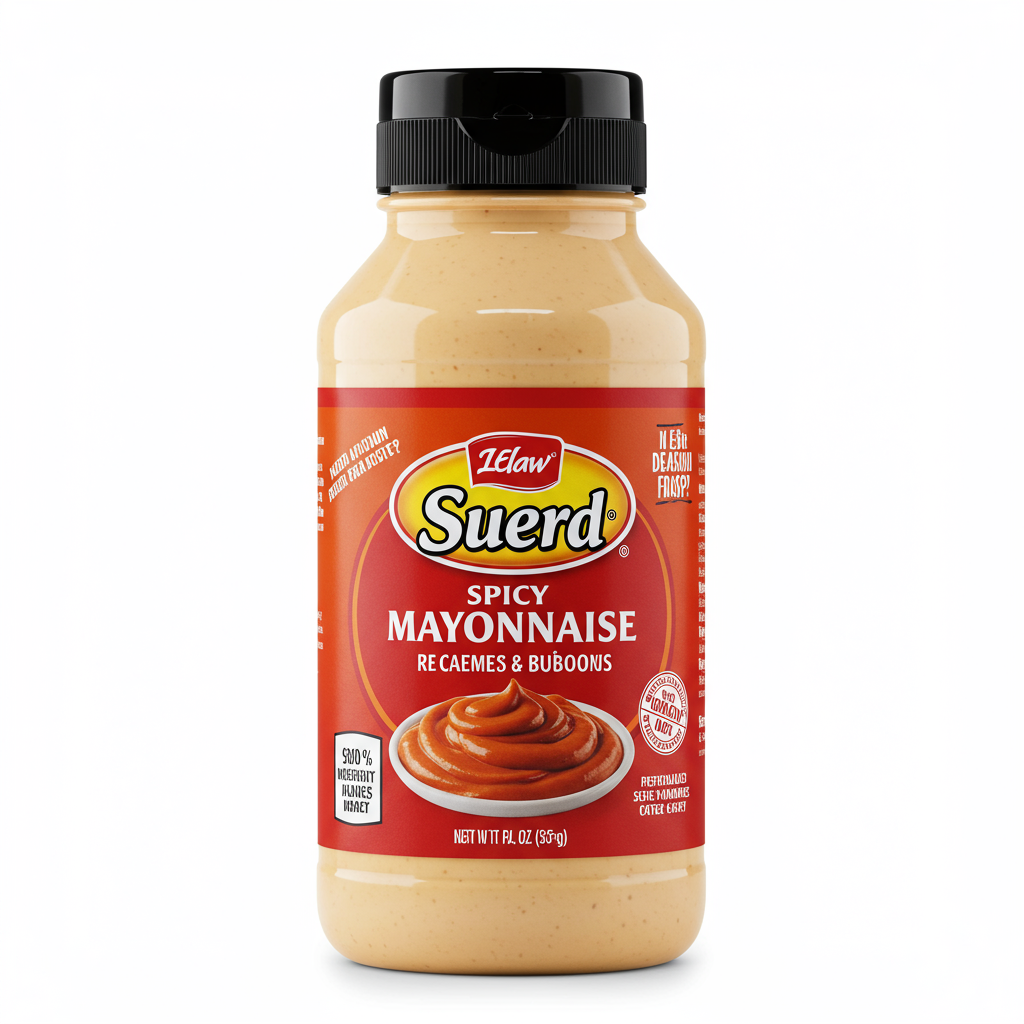MAIN DISHES
APPETIZERS
SIDE DISHES
Sushi Rice
Sushi rice, also known as sumeshi or shari, is the foundation of traditional Japanese sushi dishes. It is a specially prepared short-grain rice that is seasoned with vinegar, salt, and sugar, resulting in a unique blend of flavors that perfectly complement sushi's raw fish and vegetable ingredients. Recognized for its slightly sticky and chewy texture, sushi rice is essential for the creation of various forms of sushi, including nigiri, maki rolls, and temaki hand rolls.
When preparing sushi rice at home, it is crucial to start with high-quality short-grain Japanese rice, such as Koshihikari or Sasanishiki. Proper washing and rinsing of the rice, followed by accurate water-to-rice ratio, and seasoning with the right balance of vinegar mixture ensures a consistent and authentic sushi rice. The resulting sticky texture allows for easy shaping, while the delicate balance of flavors elevates homemade sushi creations.
92%
CARBS
1%
FAT
8%
PROTEIN
165 Sushi Rice Products
Lundberg Family Farms - Organic California Sushi Rice, Japanese Style Short Grain Rice, Perfectly Sticky, Pantry Staple, Non-GMO, Gluten-Free, USDA Certified Organic, Vegan, Kosher
Nishiki Rice, Premium Grade
Nishiki Premium Grade Rice
Kaneyama Sushi Rice
RiceSelect Sushi Rice
Nishiki Premium Grade Rice Medium Grain Rice Specially Selected
Kokuho Rose US #1 Extra Fancy Rice
H-E-B Sushi Short Grain Rice
Kokuho Rose Sushi Rice
Han Kuk Mi Rice, Premium, Sushi
Used In 24 Recipes
2
Refreshing Salmon Sushi Bowl
2
Savory Chicken Teriyaki Rice Bowl
4
Sesame-Crusted Ahi Tuna Poke Bowls
3
Baked California Roll Casserole
2
Savory Tofu Musubi
3
Umami Chickpea Avocado Rice Triangles
1
Yaki Onigiri with Flavorful Shiitake
1
Easy & Delicious Spicy Tuna Sushi Rolls
Sushi Rice Is Frequently Used With
Sushi Rice FAQ
Sushi rice, known as sumeshi in Japanese, is a kind of short-grain rice which is somewhat sticky, holds its shape, and complements the tastes of raw fish and vegetables used in sushi. The key to perfect sushi rice lies in washing and rinsing the rice correctly, maintaining the perfect water-to-rice ratio and ending with the right seasoning. The seasoning usually includes vinegar, sugar and a touch of salt. Using quality Japanese rice like Koshihikari or Sasanishiki can enhance the final result. Cooking it properly ensures the grain stays intact without being mushy while still being sticky enough for sushi rolls or hand rolls. Achieving the delicate balance of flavors and texture is crucial for sushi rice.
What type of rice is best for sushi?
Why is my sushi rice not sticky?
How do I season sushi rice?
Can I use jasmine rice for sushi?
Why is my sushi rice too hard?
Why is my sushi rice too mushy?
Can sushi rice be used for other dishes?
Is sushi rice healthy?
Can I use basmati rice for sushi?
Do I need to rinse sushi rice?
Expiration & Storage Tips
When does sushi rice expire?
Uncooked sushi rice, if stored properly, can last several years beyond its printed expiration date. Once the rice is cooked, it should be consumed within 4 to 6 hours at room temperature to prevent bacterial growth. If you have leftovers, they should be refrigerated immediately and eaten within 1 to 2 days. As for the sushi rice that is already mixed with seasoning, it is recommended to consume it on the same day without storing it, as it may lose its taste and texture.
How do you tell if sushi rice is bad?
The signs of spoiled sushi rice are quite discernible. Uncooked rice will develop a musty or off-odor and could have discoloration or visible mold. Cooked rice will have a sour smell, a change in texture or color, and could also accumulate mold if left for too long. Always trust your nose and eyes when it comes to identifying spoiled food, if it looks or smells off, discard it immediately to avoid foodborne illness.
Tips for storing sushi rice to extend shelf life
• Store uncooked sushi rice in an airtight container in a cool, dark pantry to prevent moisture and pests.
• Cooked sushi rice should be mixed with the vinegar dressing while it's still hot and left to cool at room temperature. It should not be refrigerated or reheated as it changes the texture.
• If you need to store cooked sushi rice, refrigerate it immediately after the 4-6 hour room temperature window. Eat it within the next day or two.
• Lastly, never mix seasoned and plain rice together. The vinegar in the seasoning could affect the unseasoned rice's freshness.
EXPIRES WITHIN
19 - 29
MONTHS
Substitutes
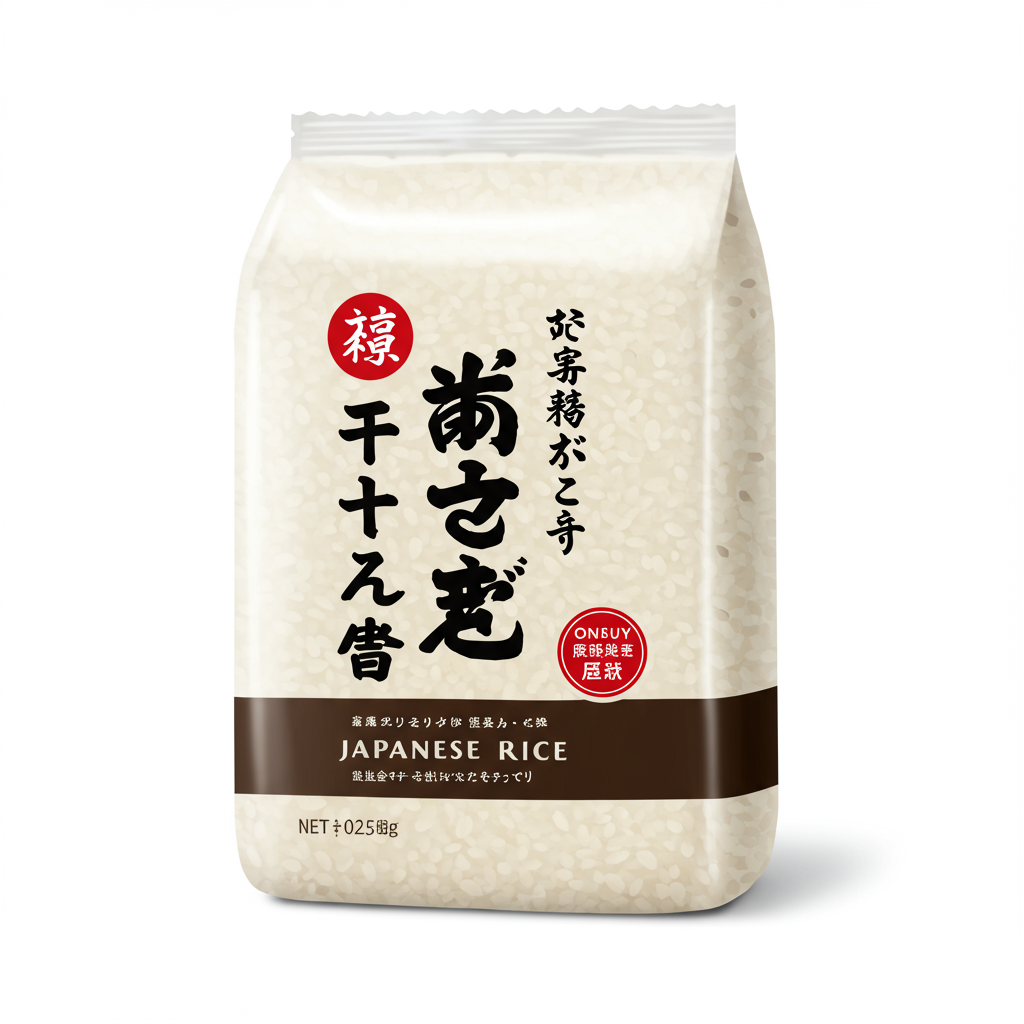
Japanese Rice

Short Grain Rice

Sticky Rice

Instant Jasmine Rice

Instant Long Grain Rice

Instant Rice

Instant Multigrain Blend

Jasmine Rice

Long Grain Rice

Parboiled Long Grain Rice
See All
Health Info
Macros
158g
CARBS
1g
FAT
13g
PROTEIN
Allowed on these diets
LOW FAT
HIGH CALCIUM
VEGETARIAN
VEGAN
LACTOSE FREE
GLUTEN FREE

